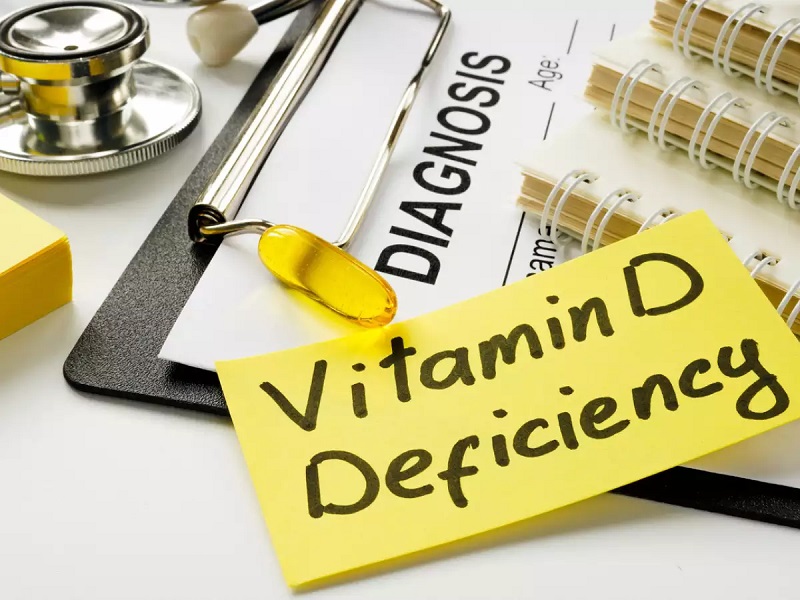
As Per New Study, Average Vitamin-D Status Low In Females As Compared To Males
Srinagar- A recent research from Kashmiri medicos has brought convincing evidence to the fore that there is a deficiency or insufficiency of the vitamin-D in the general population of Kashmir valley.
The data emerging from the study conducted by two Sher-e-Kashmir Institutes of Medical Sciences (SKIMS) researchers has revealed that the prevalence of Vitamin D deficiency in Kashmir valley is high especially among women.
About 65 percent of the males and nearly 88 percent of the females studied were vitamin D deficient.
The researchers had selected a total 270 healthy volunteers from differing professions (69 men and 201 non-pregnant/non-lactating women, aged 18–65 years), residing in Kashmir valley for the study and the samples were collected in both summer and winter months. This also included farmers (36 in number), employees (42 in number), housewives (72 in number),medical professionals (66 in number) and students (54 in number).
According to the study, 45 of the 69 males and 177 of the 201 females were found to be Vitamin D deficient. Adding more details, the study noted that the prevalence of vitamin D deficiency ranged from 58 percent in the farmers group to 93 percent in the employee group. “Vitamin D deficient subjects had a significantly lower mean weekly exposure to sunlight,” the study observed.
However, detailing some factors behind a rising Vitamin D deficiency, the study underlined inadequate sun exposure, skin pigmentation, traditional clothing practices, latitude and seasonal climate as some of the factors that have significant influence on cutaneous photochemical synthesis of vitamin D in healthy individuals.
As per the study, the average vitamin-D status was low in females as compared to males. Probable factors for this deficient state were household occupation, decreased sun exposure and decreased body area exposure due to veiling.
The study also highlights the urgent need to make physicians aware of the high prevalence of Vitamin D deficiency.
“The need for improving the status of Vitamin D in the population by educating the people, creating mass awareness and Vitamin D supplementation programmes is paramount,” the study added.
The study further added that it is likely that Vitamin D deficiency is even higher and more severe in children, the elderly, and in pregnant women.
“Given the importance of vitamin D in the regulation of calcium and phosphorus homeostasis and musculoskeletal health, its emerging role in extra-skeletal health, and the magnitude of deficiency of this vitamin, fortification of certain commonly used food items may be required,” it added.
It is pertinent to mention here that several nutritional indicators of women in J&K have worsened since the fourth round of the NFHS, which was held in 2015-16. The erstwhile state has also hit a worrying milestone as the percentage of women suffering from different types of diabetes, anemia and infertility is rapidly growing.
Follow this link to join our WhatsApp group: Join Now
Be Part of Quality Journalism |
Quality journalism takes a lot of time, money and hard work to produce and despite all the hardships we still do it. Our reporters and editors are working overtime in Kashmir and beyond to cover what you care about, break big stories, and expose injustices that can change lives. Today more people are reading Kashmir Observer than ever, but only a handful are paying while advertising revenues are falling fast. |
| ACT NOW |
| MONTHLY | Rs 100 | |
| YEARLY | Rs 1000 | |
| LIFETIME | Rs 10000 | |










